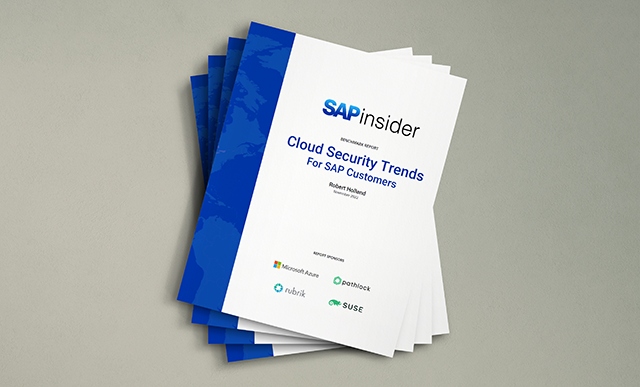How Equipping Yourself with Risk Mitigation Knowledge Can Help Secure Your Assets
Meet the Authors
Key Takeaways
⇨ In the world of expanding data, the mitigation and understanding of threats and risks are crucial for any business’s success.
⇨ To help make this knowledge more accessible, many companies invest in thorough cybersecurity research, including Thales, a global leader in advanced technologies.
⇨ When referring to research and analysis provided by companies like Thales, as well as establishing risk mitigation steps, SAP users can utilize technology to its highest potential and amplify their ERP system while staying protected at the same time.
In the world of expanding data, the mitigation and understanding of threats and risks are crucial for any business’s success. This is especially the case for SAP users currently undergoing a digital transformation. Knowing how to prevent data breaches, establish and maintain compliance audits and classify data is key to maintaining a healthy and secure ERP ecosystem.
To help make this knowledge more accessible, many companies invest in thorough cybersecurity research. Among these organizations is Thales, a global leader in advanced technologies. This month Thales released a new 2024 data threat report on the latest data security threats, trends, and emerging topics based on a survey of nearly 3000 IT and security professionals in 18 countries across 37 industries.
The report presented important outcomes that SAP users should be wary of. Particularly, the findings revealed that 93 percent of IT professionals believe security threats are increasing in volume or severity, a significant rise from 47 percent last year. With that, the number of enterprises experiencing ransomware attacks surged by over 27 percent in the past year. Despite this escalating threat, less than half of organizations have a formal ransomware plan in place, with 8 percent resorting to paying the ransom demands.
Moreover, malware stands out as the fastest-growing threat of 2024, with 41 percent of enterprises witnessing a malware attack in the past year – closely followed by phishing and ransomware. Cloud assets, including SaaS applications, cloud-based storage, and cloud infrastructure management, remain the primary targets for such attacks. These results correlated with a failed compliance audit among over two-fifths (43 percent) of enterprises, with 31 percent of those experiencing a breach the same year.
The operational complexity was also highlighted in the report. Specifically, a fundamental understanding of what systems, applications, and data are at risk continues to lag due to changing regulatory and threat landscapes. Additionally, IT and security professionals reported concerns over threats posed by emerging technologies – 57 percent of respondents identified Artificial Intelligence (AI) as a huge source of concern.
Despite that, however, enterprises are also looking at the opportunities that emerging technologies bring, with over a fifth (22 percent) planning to integrate Generative AI into their security products and services in the next 12 months, and a third (33 percent) planning to experiment integrating the technology.
Considering the results of the report, SAP users need to stay alert and establish proper security measures, especially during digital transformation processes. The primary steps that companies should take when addressing threat concerns are the fundamental knowledge of a company’s systems and applications, established compliance audits and classification of data.
When referring to research and analysis provided by companies like Thales, as well as establishing risk mitigation steps, SAP users can utilize technology to its highest potential and amplify their ERP system while staying protected at the same time.









